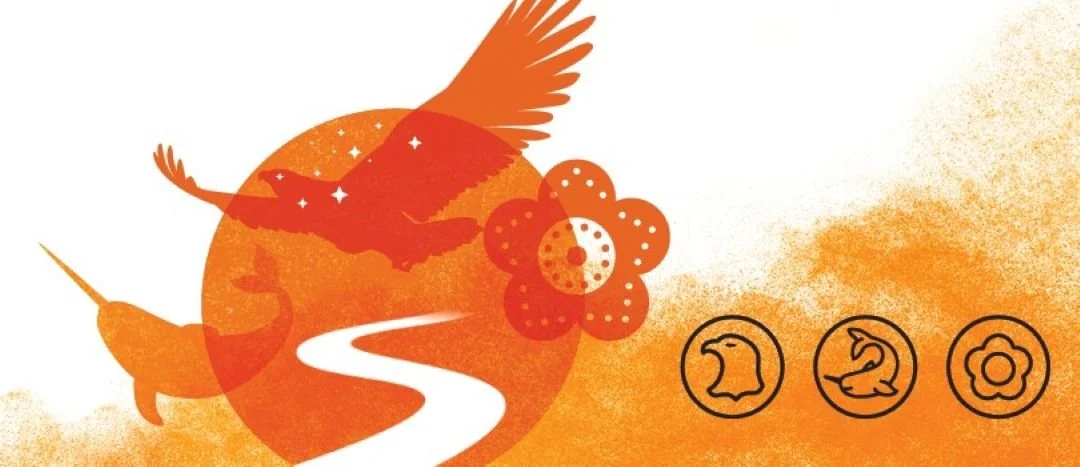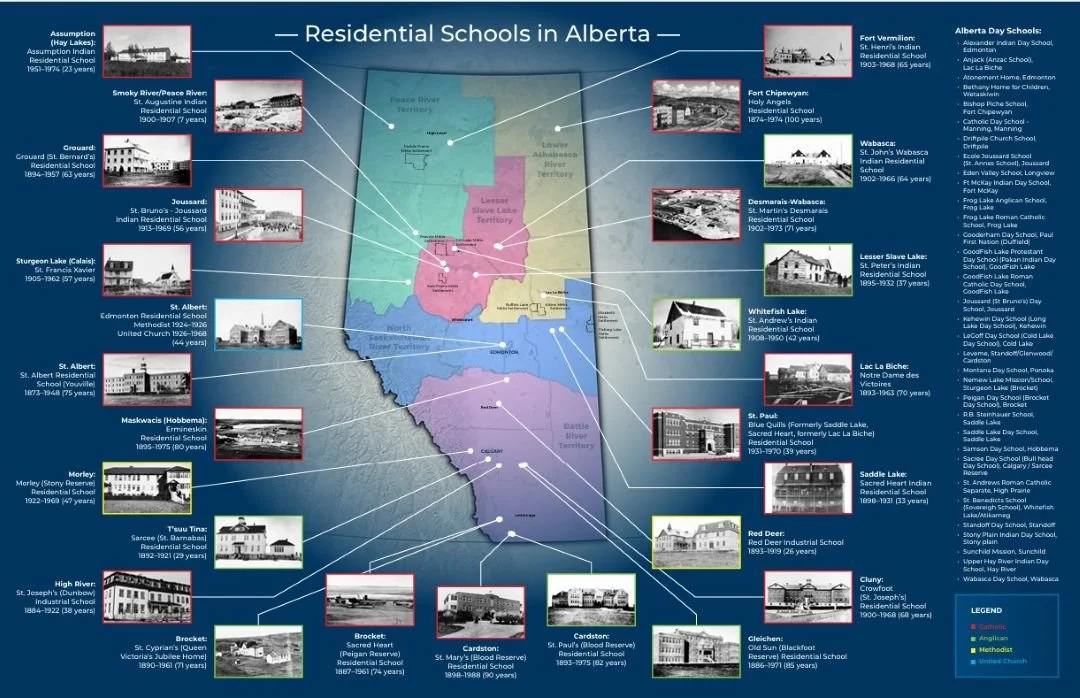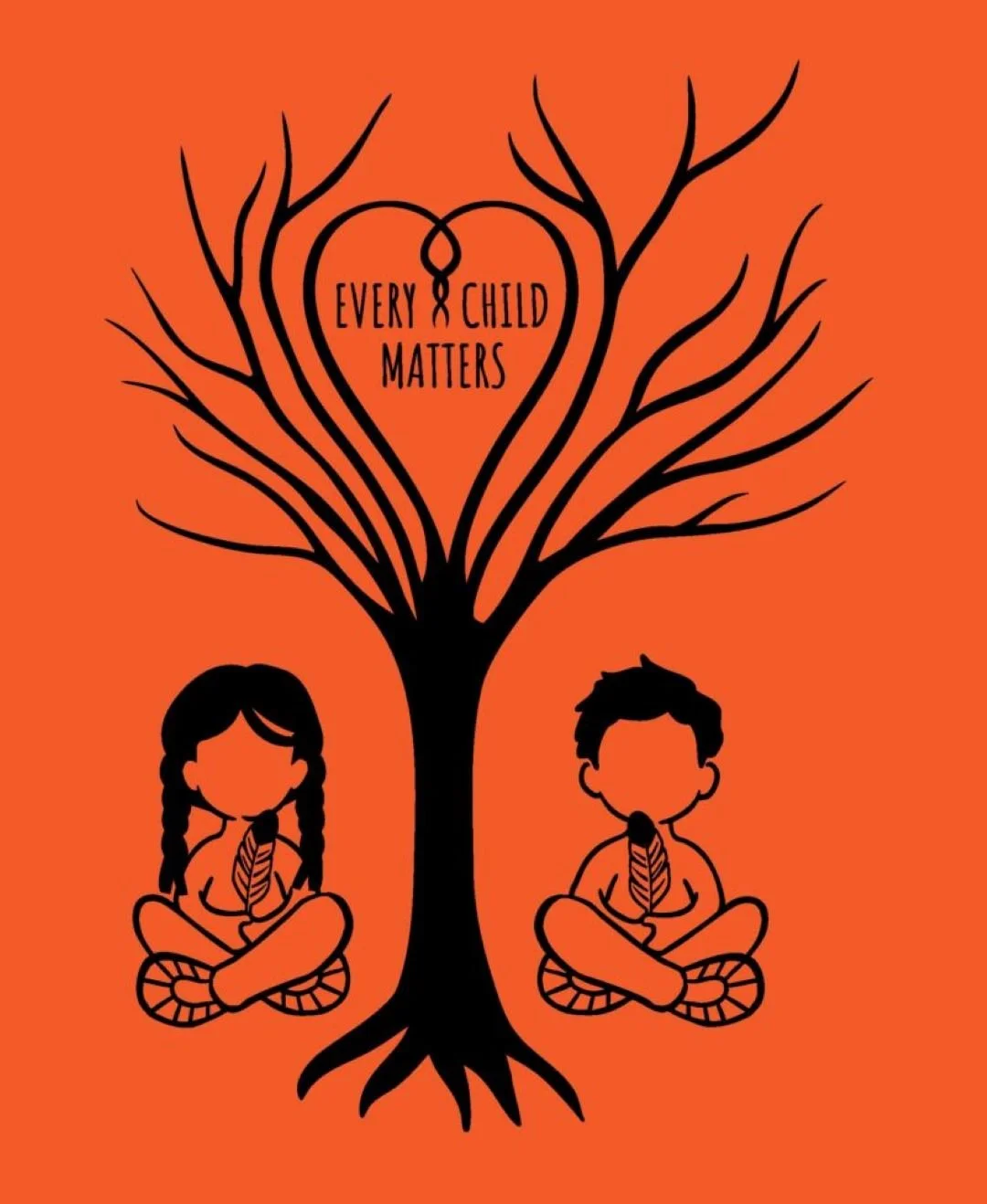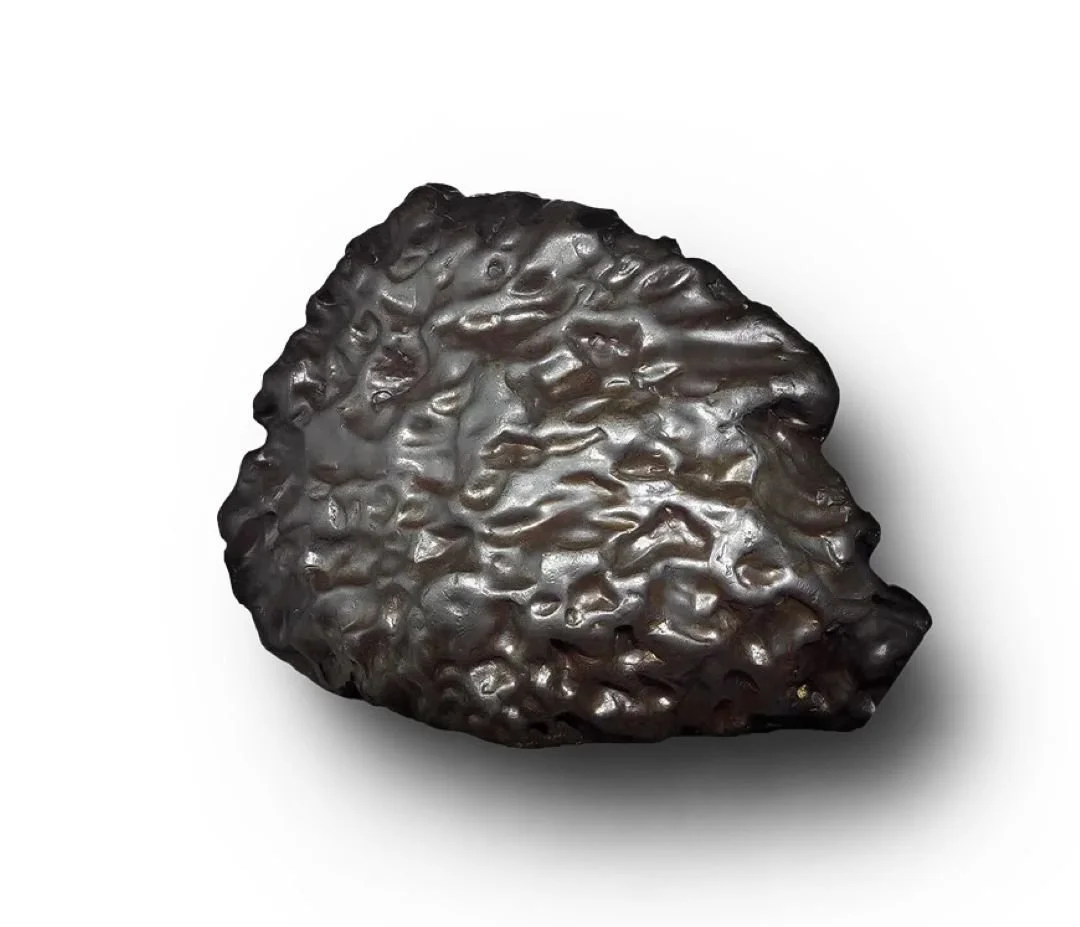Photo credit:Canada.ca website
National Day for Truth and Reconciliation
For Indigenous people September 30 is a day of mourning intended to honour stolen children and the survivors of residential schools, which operated until 1996 in Canada. Students were neglected, malnourished, and experienced physical, sexual, emotional and psychological abuse. This day is a reminder of the legacy of residential schools and the trauma that lives within every Indigenous person you meet.
It is a truth held in many communities that if you want to break a people, you take their children from them. Many people are still finding their way home and many will never get the chance to.
National Day for Truth and Reconciliation gives us the chance to set aside special time in our day-to-day lives to honour, reflect, and learn. It opens up the opportunities for education and awareness as well as discussions for effective change that requires Indigenous and non-Indigenous peoples to work together to create an environment free from racism and discrimination in which all people feel safe and respected. To learn more visit National Day for Truth and Reconciliation | Edmonton Public Library
Photo credit: Otipemisiwak Metis Government website
Cultural Genocide: The History of Canada's Residential Schools
In 1831, the first church-run residential school opened in Canada. By the 1880s, the federal government created the official policy and funded residential schools across Canada. These schools were created not with the intent of educating youth but of separating Indigenous children from their families. In 1920, the Indian Act made attendance at residential schools mandatory for Indigenous children aged 7–15 years old.
The Canadian Residential School System was a policy of cultural genocide spanning over 150 years, founded on the intent to assimilate Indigenous children—including First Nations, Inuit, and often overlooked Métis youth—by separating them from their families and cultures.
The system, which involved 25 registered schools in Alberta alone, forced children into environments rife with physical, emotional, and sexual abuse, poor health conditions, and disease. Due to the deliberate failure to keep accurate records—often mislabeling Métis children to maintain funding—the true number of children who attended and died while in these schools remains unknown.
The last residential school in Canada was the Gordon Residential School in Punnichy, Saskatchewan and it closed in 1996.
Photo credit: Orange Shirt Society
Every Child Matters: The Origin of Orange Shirt Day
On September 30th many people across Canada (Turtle Island), wear bright orange t-shirts to honour and raise awareness of the thousands of Indigenous children who were sent to residential schools.
Have you ever wondered what the colour orange represents? Here are some facts about Orange Shirt Day and its origin:
When Phyllis Webstad was a little girl, she was forced to attend a residential school in Williams Lake, British Columbia. On the first day of school, she proudly wore an orange shirt her grandmother had given her. The residential school staff stripped her of her belongings, cut her hair, and took away her clothes, including her orange shirt.
“When I got to the Mission, they stripped me, and took away my clothes, including the orange shirt! I never wore it again. I didn’t understand why they wouldn’t give it back to me, it was mine! The color orange has always reminded me of that and how my feelings didn’t matter, how no one cared and how I felt like I was worth nothing. All of us little children were crying and no one cared.”
– Phyllis Webstad
Photo credit: Manitou Stone Centre website
A Gift from the Cosmos, The Manitou Stone
Thousands of years ago, in the Iron Creek area of Alberta one of Canada's largest meteorites came to earth as a gift from the cosmos, inspiring unity among the plains tribes.
Manitou Asinîy is a 145kg iron meteorite that fell from the sky on an unknown date many years ago.
Over the centuries the meteorite became deeply embedded in Indigenous spirituality and was venerated by the First Nations people. The Manitou Stone is associated with the buffalo which represents prosperity among the Plains Buffalo Tribes.
This all changed in 1866 when Manitou Asinîy was stolen from the land by Methodist missionary Reverend George McDougall. Alarmed at this act, Indigenous spiritual leaders prophesied that war, plague, and famine would soon devastate their people.
The Manitou Asinîy-Iniskim-Tsa Xani Centre (MAITX) is a not-for-profit, First Nations led organization, formed to rematriate the Manitou Stone, a sacred meteorite that the Plains Tribes see as the living embodiment of the Creator.
Comment or Contributions
Please note articles may not reflect the position of NSRVCS. River Valley News is meant to be a clearinghouse for the variety of opinions and ideas about Edmonton’s River Valley.
Email river valley photos, event information, comments, or questions to nsrivervalley@gmail.com.
Forward this link to anyone you think may want to sign up for this newsletter https://www.edmontonrivervalley.org/newsletter-signup




